I was reading a time complexity calculation related question on SO but I can't comment there (not enough reps). What's the time complexity of this algorithm for Palindrome Partitioning?
I have a question regarding going from 1st to 2nd equation here:
Now you can write the same expression for H(n-1), then substitute back to simplify:
H(n) = 2 H(n-1) + O(n) =========> Eq.1
And this solves to
H(n) = O(n * 2^n) =========> Eq.2
Can someone illustrate how he got Eq.2 from Eq.1? Thank you.


